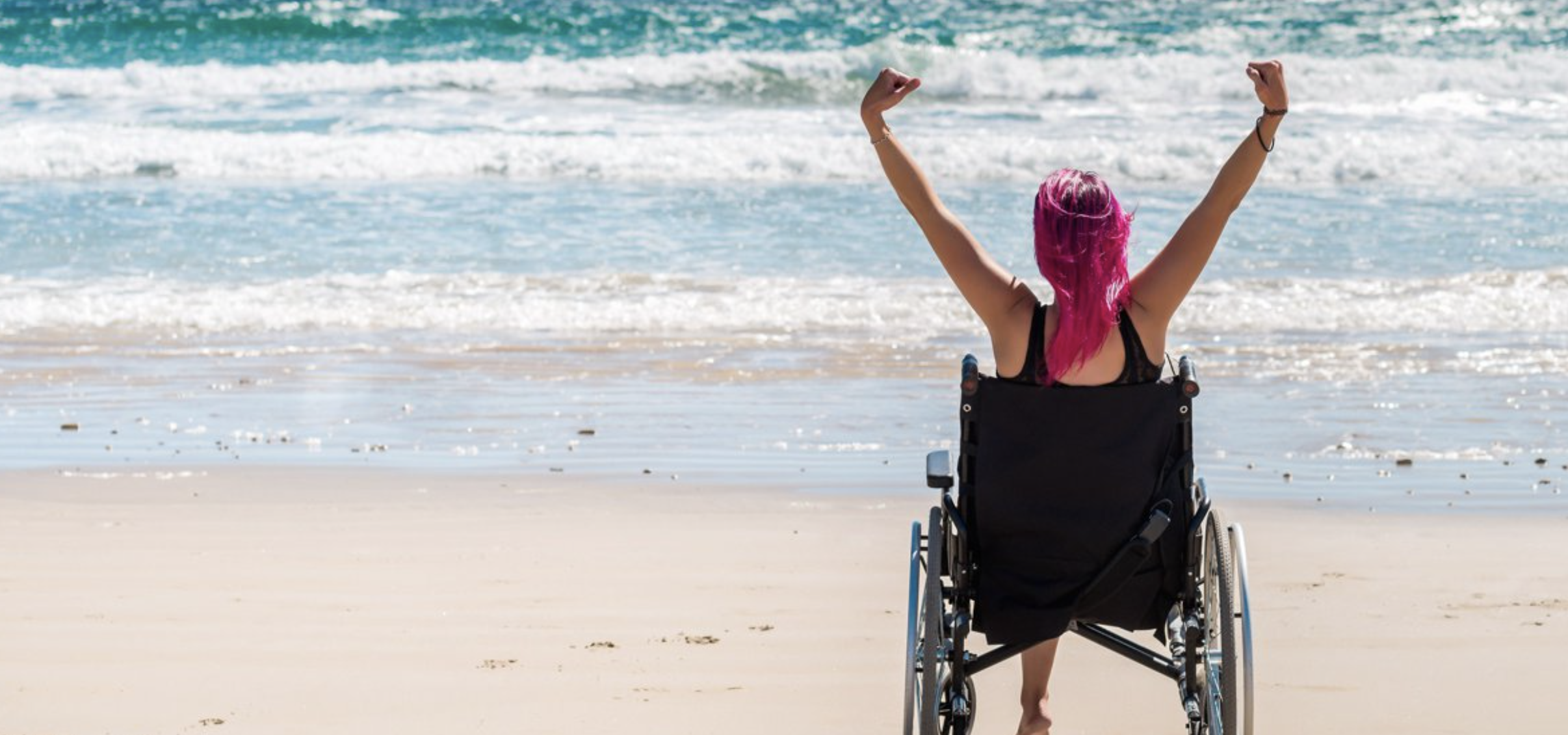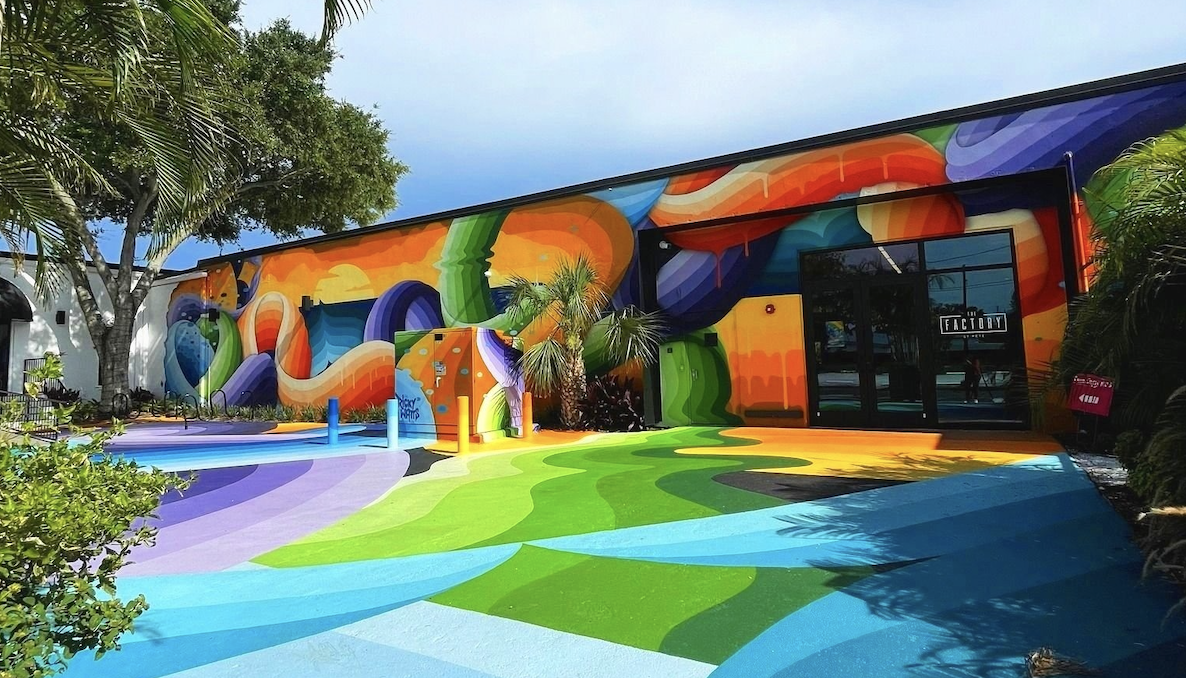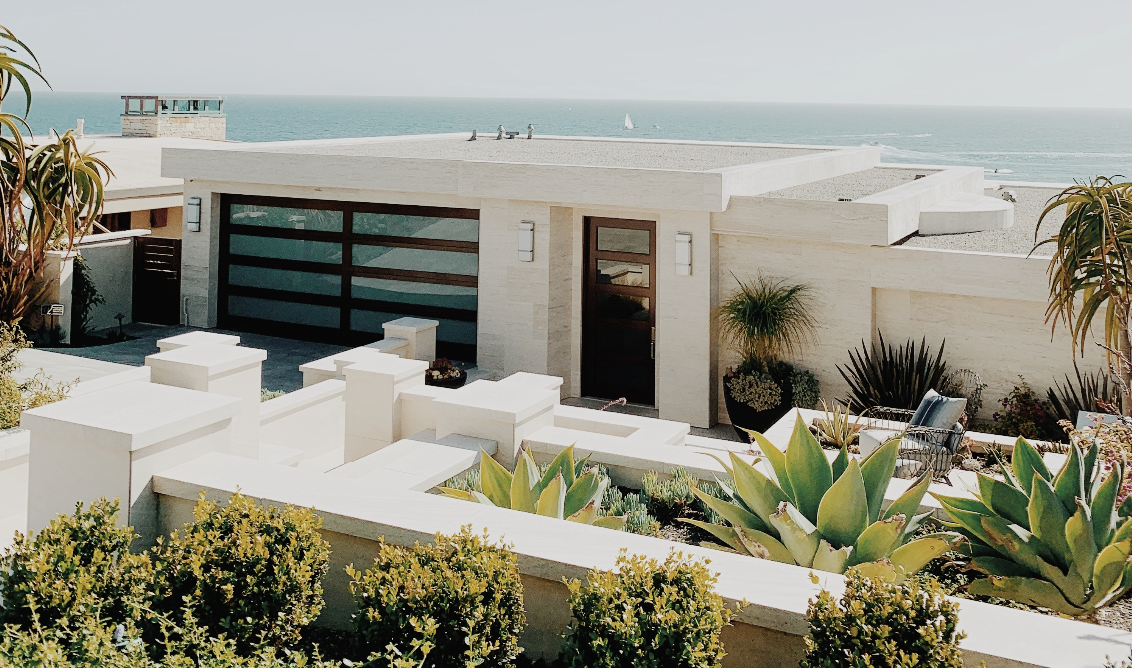If you use a wheelchair, have mobility issues, or if someone in your family has additional needs, you’ll notice certain challenges that most take for granted.
Take steps, for example. For the able-bodied, steps are not an obstacle. However, if you have a mobility issue or use a wheelchair, steps can present a barrier.
Other examples are height and width within a home. People with a disability often struggle when reaching for things on a kitchen counter at a certain height, and a wheelchair user requires a minimum door and corridor width, plus enough space to allow for a turning circle.
At SEASALT, we’ve assembled some guidelines for anyone who’s adapting their family home or is looking for an adapted beach home in West Florida.
Accessibility for everyone
We understand that adapted homes are essential for those with disabilities or mobility impairments so that they can enjoy the same quality of life and independence as able-bodied people. Accessible homes usually feature various modifications and design elements that make it easier for the person with a mobility challenge to move easily within the space. Let’s look at the ways that a home can be adapted.
- Space
One of the important things to consider when adapting a home or choosing a future home for someone with a disability is the space to move around. When you use a wheelchair, you’ve got to have ample room to turn. This means that doorways must be wide enough for a wheelchair to pass, and rooms such as bathrooms must be wide enough for a wheelchair to turn around.
- Ramps
When you’ve got different levels inside of the home, or steps leading up a driveway, porch, deck, or entrance, it’s going to be challenging for anyone with mobility issues. Ramps are the answer here.
Remember, there are guidelines set out by the Americans with Disabilities Act (ADA), and they state that ramps should have a maximum slope of 1:12 and have handrails installed.
- Elevators
Some wheelchair-accessible homes feature elevators or lift systems which means that a person with a disability can easily access multiple levels of the home and not have to tackle the stairs. These lift systems could be residential or commercial and they depend on the individual needs of the person and the layout of the home.
- Adapted bathrooms and kitchens
A modification that can be helpful for a person with mobility challenges is lowered kitchen countertops and appliances. This adaptation means that a person who uses a wheelchair can easily reach and use kitchen equipment in the home.
For the safety, comfort, and independence of the person with a disability, adapted bathrooms often have handrails installed to aid a person in getting in and out of baths or showers. Roll-in showers, built-in shower seats, and a lever handle on faucets are also helpful.
A home that meets your needs
Taking the time to design a home that’s adapted for a person takes time, financial investment, and expertise. You can get further guidance from the ‘Americans With Disabilities Act Accessibility Guidelines for Buildings and Facilities’.
At SEASALT we are dedicated to matching you with the perfect beach home. For many, this means having a home that is safe and facilitates their needs. We understand, and we’ve got you covered. We want you to be able to enjoy the paradise surroundings and all of the Florida lifestyle while also having comfort, independence, and top quality of life.
We’re proud to say that several of our homes are adapted for people with mobility issues and additional needs, and you’ll find plenty to suit your life.
We are a dedicated team of highly skilled and experienced real estate agents, and we can’t wait to show you our portfolio of adapted, luxury homes.
Let’s talk. We’re ready to find the property that fits you like a glove.



